My first tattoo
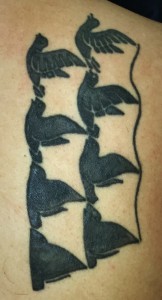 On my 19th birthday, I told my parents that my sister and I were going out to lunch. We are only two years apart and had fought a lot growing up, so they pursed their lips, shared a bemused glance, and did nothing to rock the boat.
On my 19th birthday, I told my parents that my sister and I were going out to lunch. We are only two years apart and had fought a lot growing up, so they pursed their lips, shared a bemused glance, and did nothing to rock the boat.
We weren’t getting lunch. We were getting our first tattoos.
Tattoos had been explicitly forbidden in our house, even as a hypothetical. It was a bill passed by my mother, who grew up in the Philippines, and enforced by my father who, being a chef, knew plenty of people with tattoos that were more than professional, but was a firm believer that parents needed to form a united front on controversial topics.
As an immigrant who came to seek out a better life my mom’s primary concern revolved around perceived status. The admirable, prosperous, Norman Rockwell version of the American lifestyle that she fantasized about as a kid didn’t include tattoos. (Maybe that’s ironic.) My father, a New Yorker who had by then worked in restaurants for over 30 years, was familiar with them of course, and as is the case when people grow up in a certain environment, he understood the nuances of the system. Sure, some of those people with tattoos who swore a lot while working sauté may have been ex-cons, but they worked hard and didn’t complain. The tattoos didn’t really have any bearing on the essential parts of their character.
In agreeing with my mother—even with staged disappointment—my father was protecting the “parental brand.” As an institution, they did not support this behavior. This being the case, I was in trouble with both of them.
Tattoos—backing up my side of this—lack any sort of unified strategy. They don’t have C-suite leadership or an advertising agency crafting the presentation of their image. Everyone with a tattoo gives voice to the tattoo brand, and each person holds the power to alter or confirm people’s brand perceptions.
Everyone with a tattoo gives voice to the tattoo brand, and each person holds the power to alter or confirm people’s brand perceptions.
The net result has been to degrade the “brand” to the point where it is so stigmatized that even Kevin Durant, a professional basketball player who plays in an environment where tattoos are commonplace, feels the need to cover his with his work uniform (a jersey). In a job where it would appear that all that matters is talent, he is so acutely aware of the impression tattoos give off that he kept them entirely hidden until he had been a dominant force in the league for several years.
The tattoo brand in America
The 5,000-year-old Iceman who was found with tattoos probably had them for therapeutic reasons and didn’t have to worry about how it would affect his job prospects. In the United States the first major, unwitting brand ambassadors for tattoos were those in the armed forces who acquired them as physical representations of bravado and brotherhood. Tattoos were many soldiers’ way of making it known that they were part of something formidable and important: solidarity in ink.
Post-war America was suddenly many colored and it could lay claim to having ended the horrific display that was mechanized warfare, with our own population intact and our lands essentially untouched. Soldiers were brash and confident, and shared physical traits (tattoos and some military garb—this is when the white t-shirt makes its first appearance) came to represent that ethos. The civilian population recognized that America was known to the world for its military, and they were proud of that. In the years of rampant patriotism during and after the war, tattoos made the leap to civilians who may have wanted a piece of the action. Tattoos were a brand in the most literal sense of the word—they identified people and their cause.
All these people become a part of the hive that represented the tattoo brand. Through the mid-late 20th century, tattoos were omnipresent in military ranks, rock bands, gangs, and in the general counter-culture. I don’t know if I could put it more eloquently than Dan Brooks did when he wrote in The New York Times Magazine last year: “To be tattooed was to declare that you would no longer rely on strangers’ good will, either because you were an adventurer — sailor, yakuza, heavy-metal musician — or because you had such poor judgment that you were likely to alienate people anyway.” As a group, the tattooed were collectively disgusted with Blanche from A Streetcar Named Desire.
Tattoos were a brand in the most literal sense of the word—they identified people and their cause.
As the tattoo grew to be an attitudinal accessory, a character association arose orbiting tattoos: selfishness and a disregard for the future. It wouldn’t be a stretch to think that to get a tattoo is to say nonverbally, “I don’t care what you think.”
And that’s just not a nice thing to say to someone you’ve only just met.
As usual, women had it even worse. Through the middle of the 20th century, they couldn’t even get tattooed without the permission of a spouse or father because the tattooer didn’t want to be responsible for her “loss of innocence.”
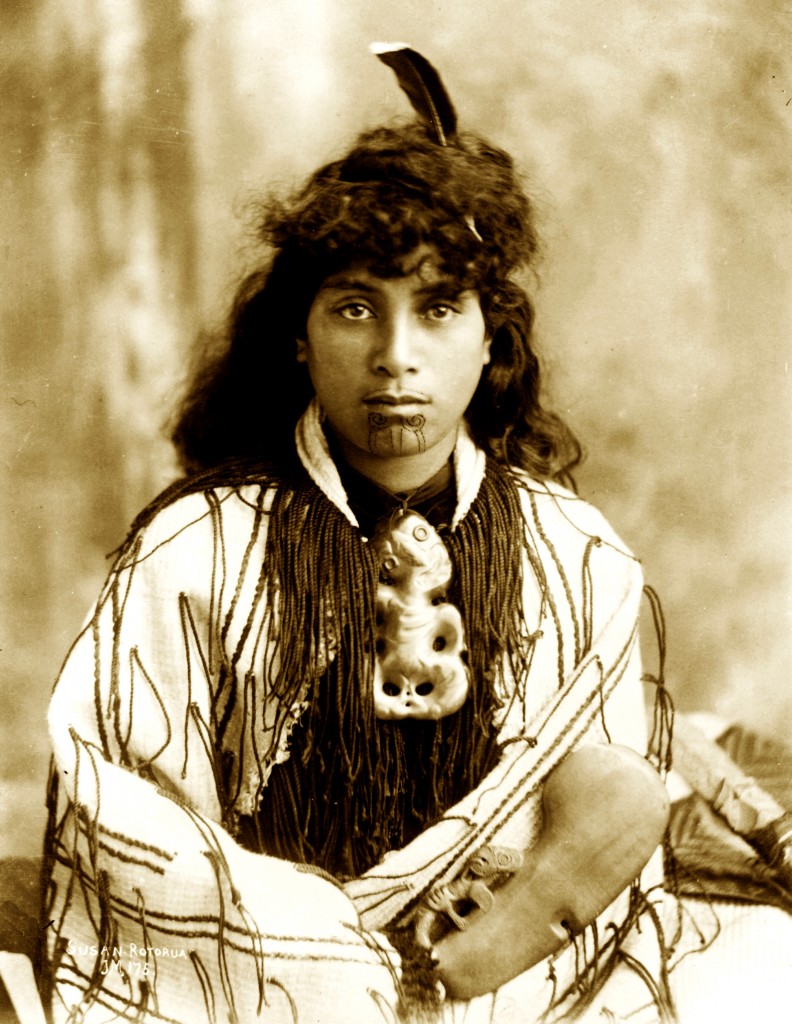
When excessive information leads to overstimulation, encouraging a learned apathy, a tattoo shows that you (at one point) cared enough about something to schedule the time and budget. It’s not an outward attack, it’s personal.
Now, the question of whether that message is actually worth publicly distributing would need to be analyzed on a case-by-case basis.
A tattooed world
Tattoos have opinions, and in a world where it is imperative that major players in an organization have a “My views are personal and do not express those of my company” disclaimer on their social profiles, companies have a need to control as much of their employee’s (brand ambassador’s) external image as possible: a process of vetting, scripts, best practices, and organizational alignment are all required. Someone with intellectual potential can be trained and molded, but over the physical—that first impression—a company is largely powerless. The company may not themselves have a problem with tattoos, but can they risk the feelings of their clients?
Though the job application process is always fundamentally judgmental, is it fair to craft negative associations with something now so innocuous as a tattoo?
Though the job application process is always fundamentally judgmental, is it fair to craft negative associations with something now so innocuous as a tattoo? Given the state of the job market for young people (the unemployment, underemployment, and stagnating wages that we all follow like our favorite sports team) it seems to me ridiculous to assume that people who have tattoos don’t want to work or that they take their work less seriously. So, the two options left are either a self-selecting applicant pool, now devoid of the 47% of women and 25% of men under 35 who either have visible tattoos or would feel uncomfortable in a work environment that prohibits them, or the admirable code-switching segment of the work world that can compartmentalize their personal feelings and what is expected of them by their employer.
Remember Matt Taylor of the European Space Agency? Sleeve tattoos, weird shirt, landed a rocket on a comet. Clearly when you get to a certain level, the meritocracy takes over, but it’s people like him, with his powerful, interdisciplinary, passionate mind—and a lot of tattoos—that businesses risk losing out on. For some perspective on how unfathomable it seems to the general US population that Taylor could hold the position he does, look at these Equinox ads featuring such brave “contradictions“ as a tattooed guy in a suit with a family. Without the social norms that make these images striking, the ads would have little effect.
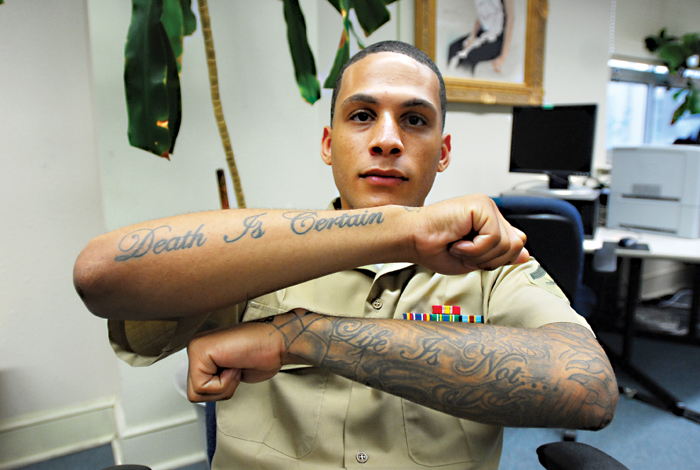
Tattoos are no longer inherently threatening. We have kitschy tattoo reality shows. Wearers of tattoos used to be hardened criminals, but now they could just as easily be creative yuppies. The truth is, tattoos are increasingly native to no tribe. Tattoos as a broad category have no allegiance. They are simply bobbing in place, flowing with the tides of the zeitgeist.
My tattoo brand
My parents were really upset, and one message I got was “If you’re in my house, you’re going to follow my rules.” They figured they were subsidizing my tattoo, a thing they hated. I was increasingly off-brand for the family. The other was, “You can do whatever you want once you support yourself.” I felt that was a reasonable reaction. So I hid my next one from them until I was able to move out. As much as I appreciated living with them (and as dramatic as it sounds), I wasn’t fully able to become the person I wanted to be while under their roof.
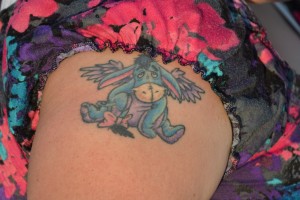
Inhabiting another quadrant of the corporate spectrum, Hooters does not hire waitresses; instead it hires “models who serve.” In both cases appearance is consciously included in the company’s judgment of work performance. Clearly 50 years has not been enough time for the notion that we all should be judged not by the color of (or in) our skins, but by the content of our character, to sink in.
Imagine for a moment if the problem was phrased this way: instead of asking if you would hire someone with a tattoo, would you fire someone if they got one?
To learn about the Tronvig Group process, click below to sign up for our mailing list and get access to our library of downloadable guides, including the following:
Photo credit: First photo by the author; “Young American soldier gets his first tattoo, Brisbane, 1943” from the John Oxley Library, State Library of Queensland; “US Army 53257 Tattoo” by Kristin Molinaro, The Bayonet, United States Army; “Susan, Rotorua, New Zealand, ca. 1905” by Frank G. Carpenter, United States Library of Congress-PD-Carpenter; “Eeyore Angel Tattoo” by Tobyotter used under CC BY 2.0


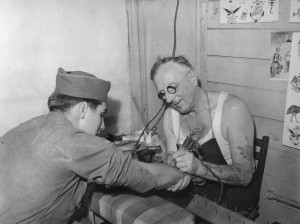

Hi,
I think you have done a lot of research before posting this article. Very informative.